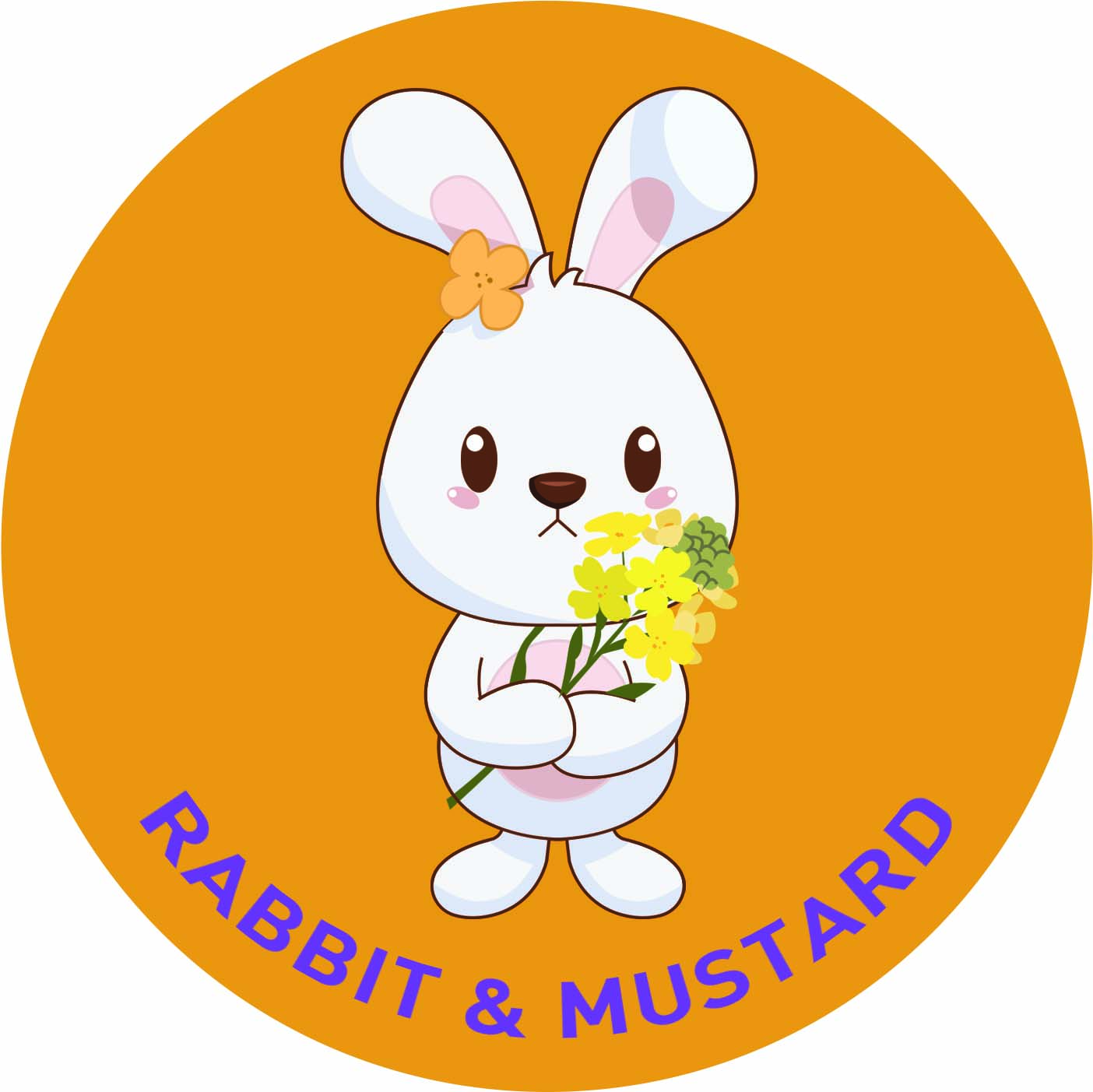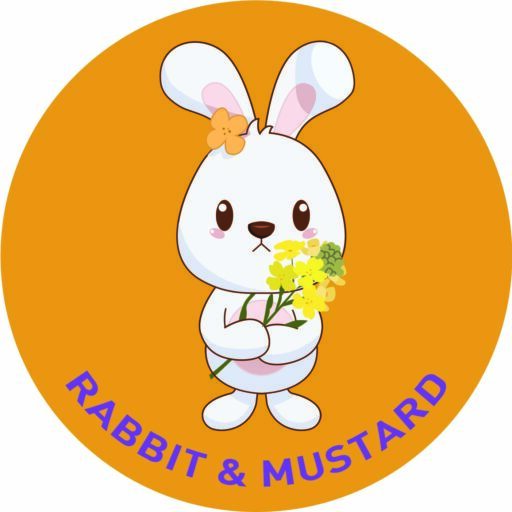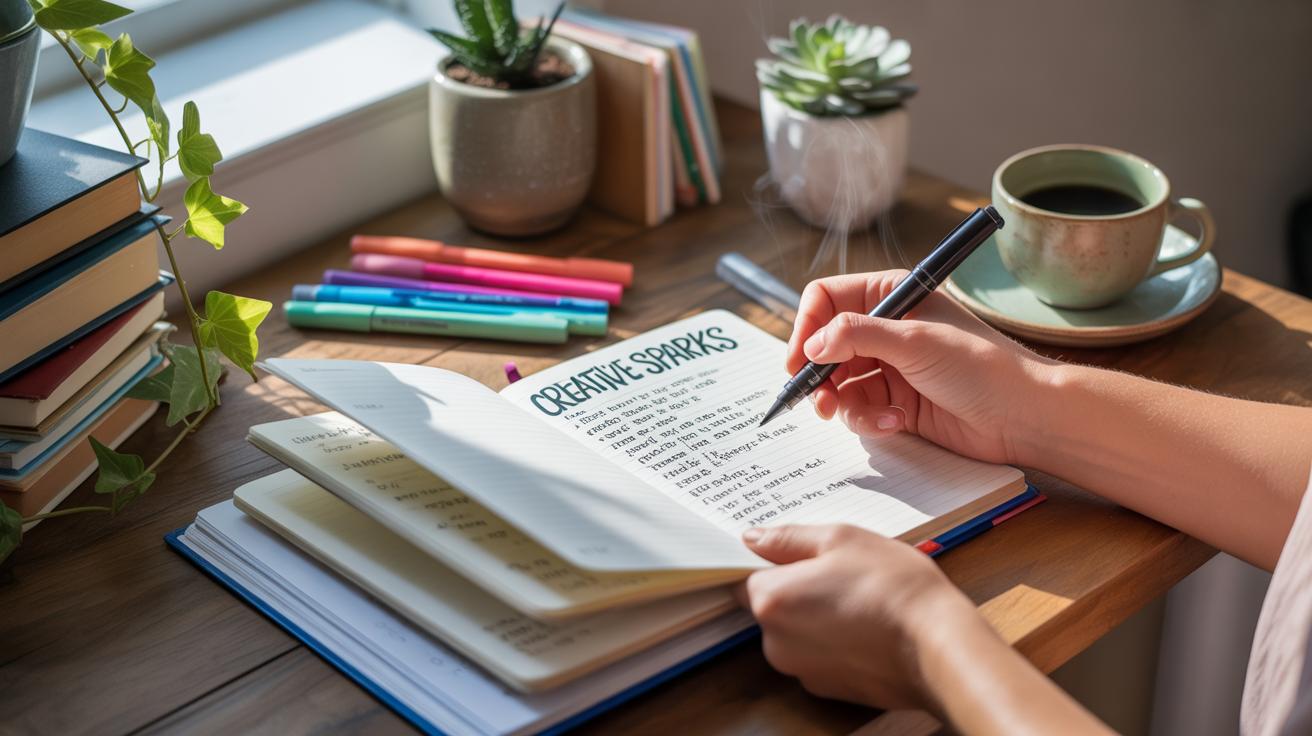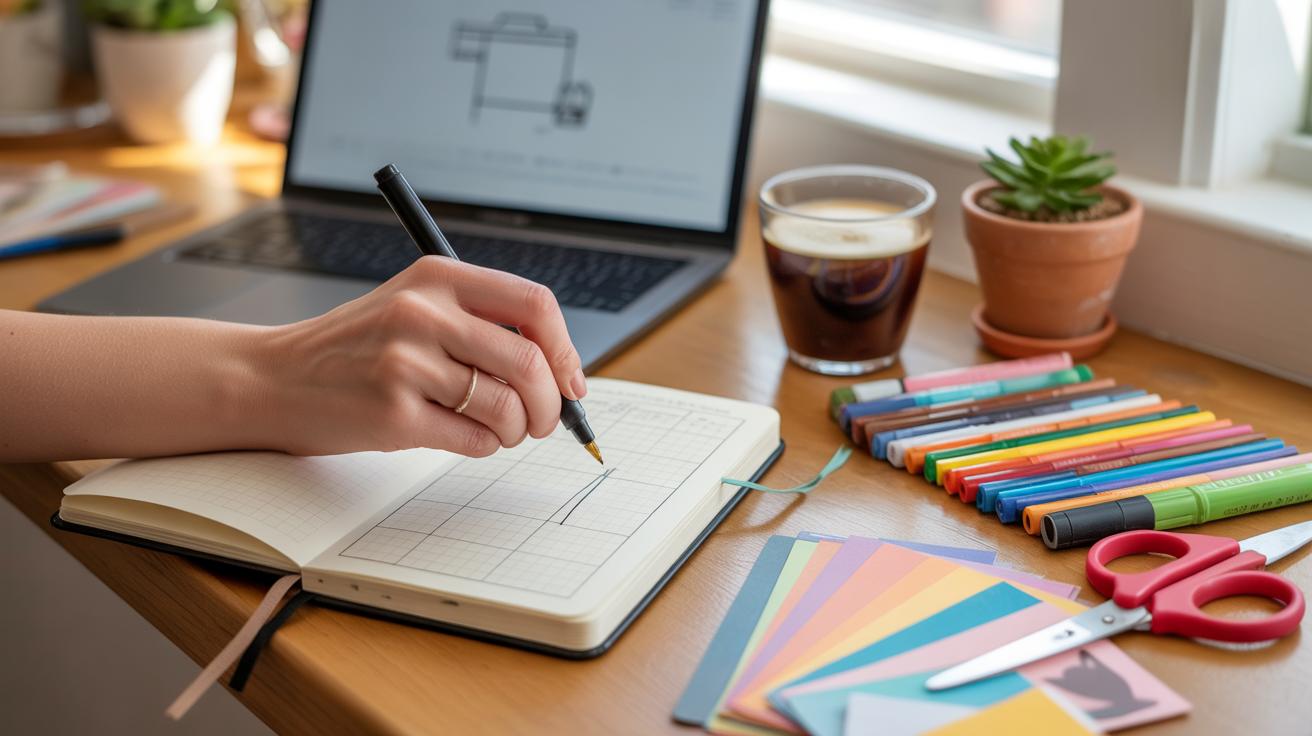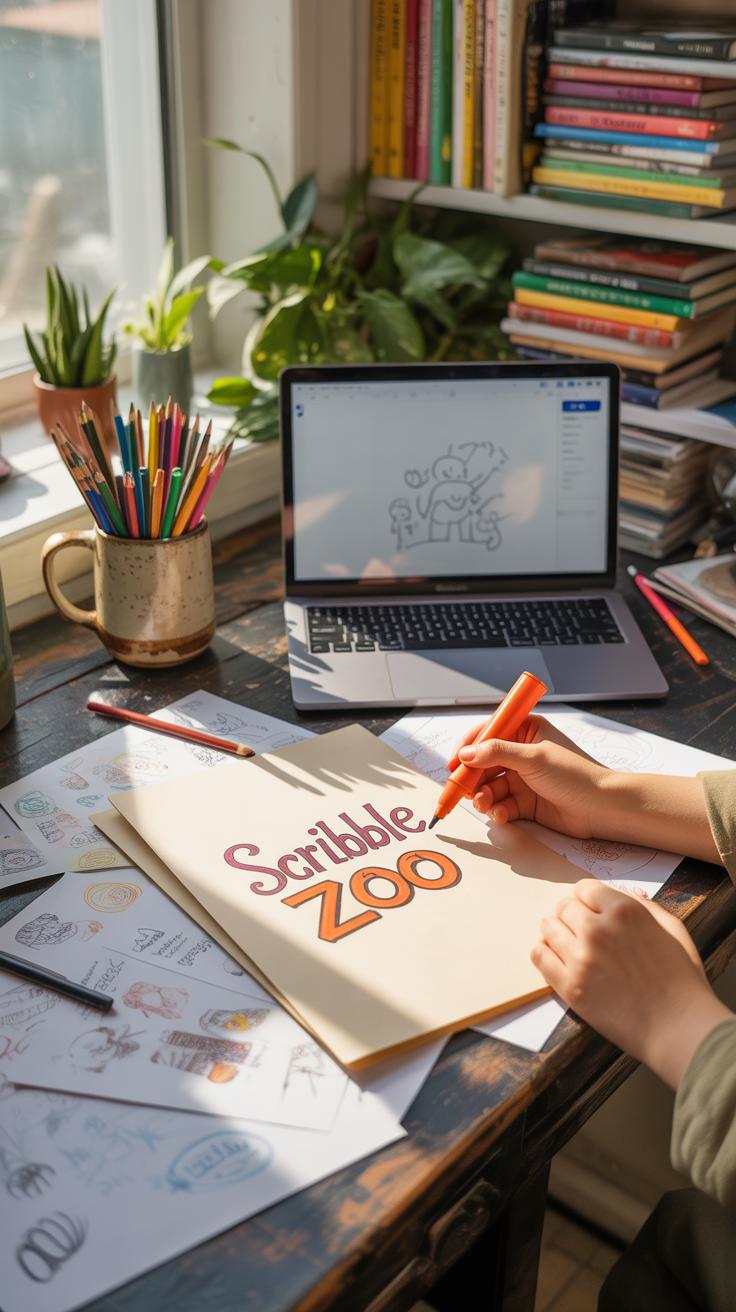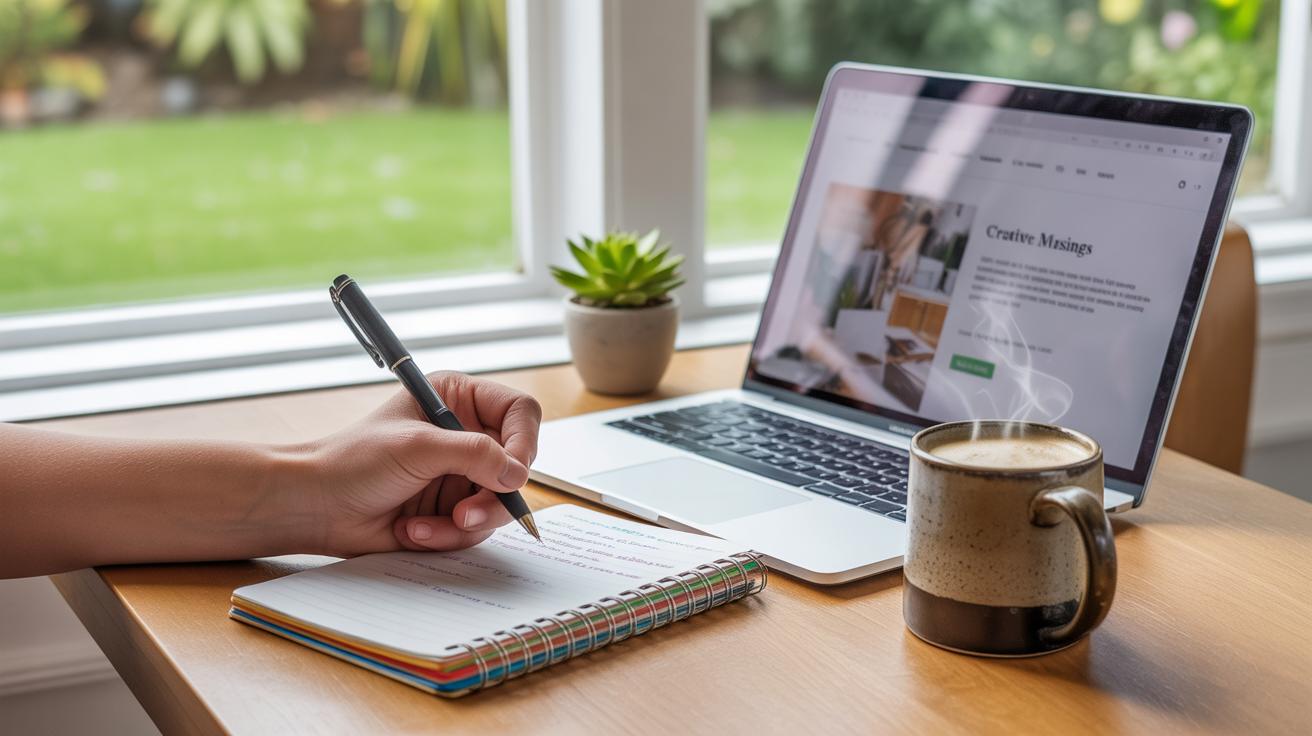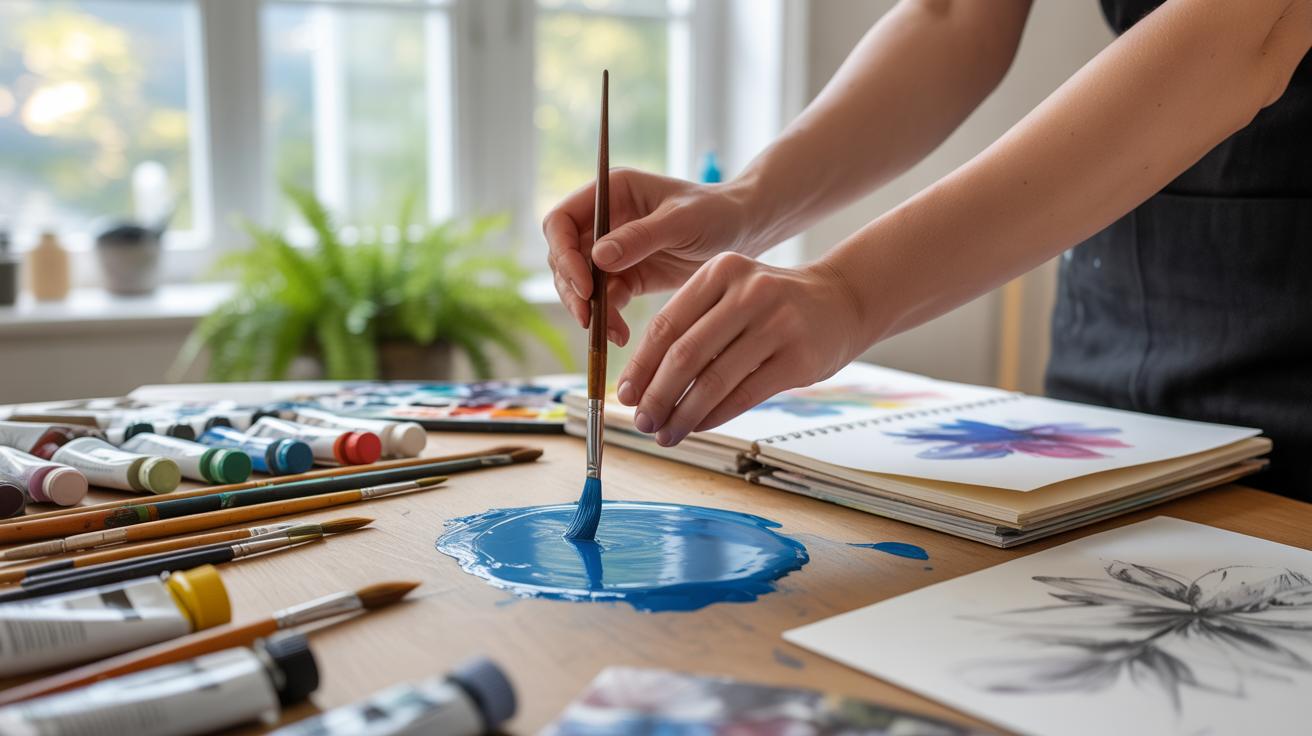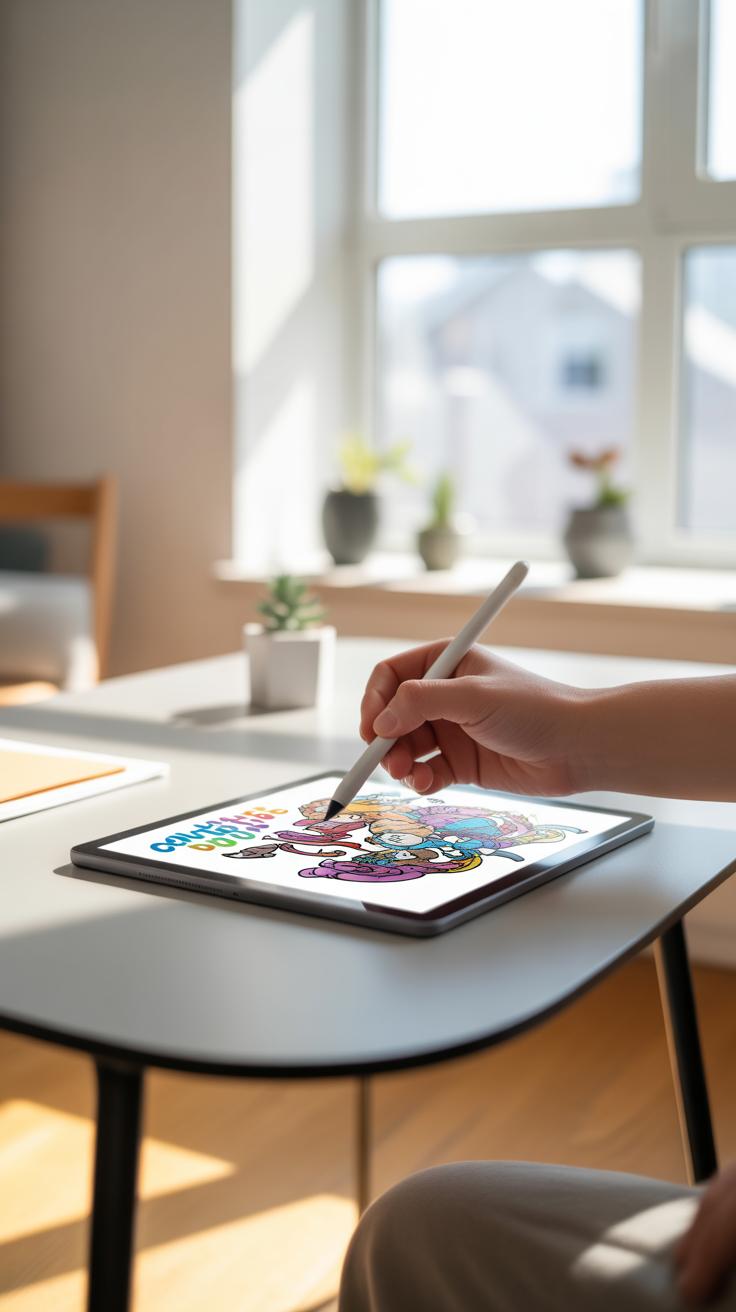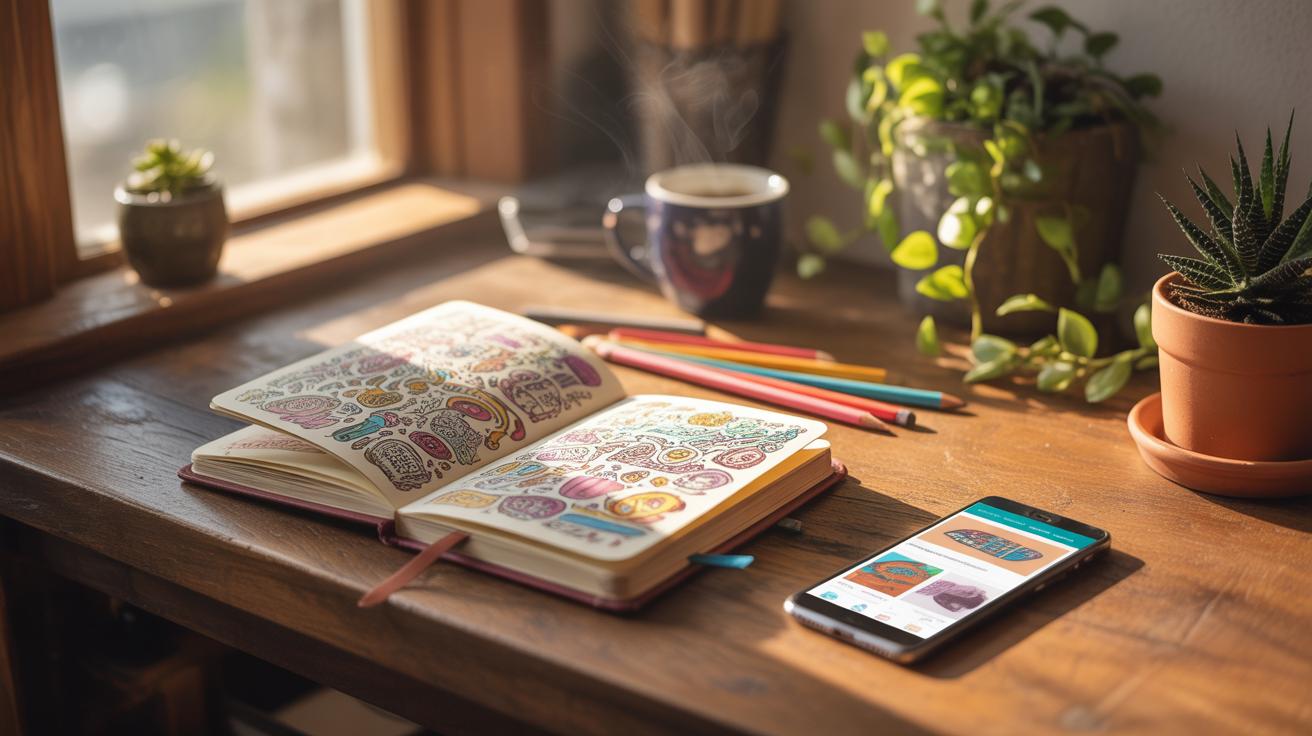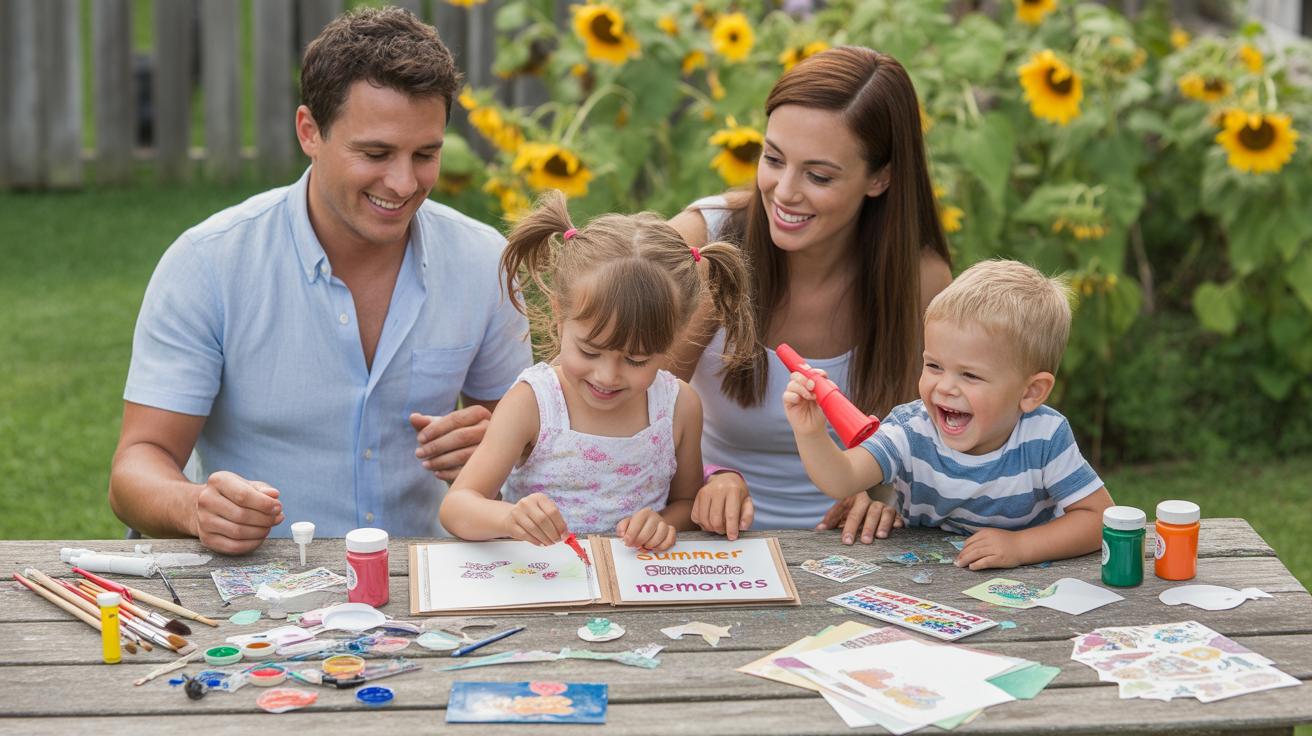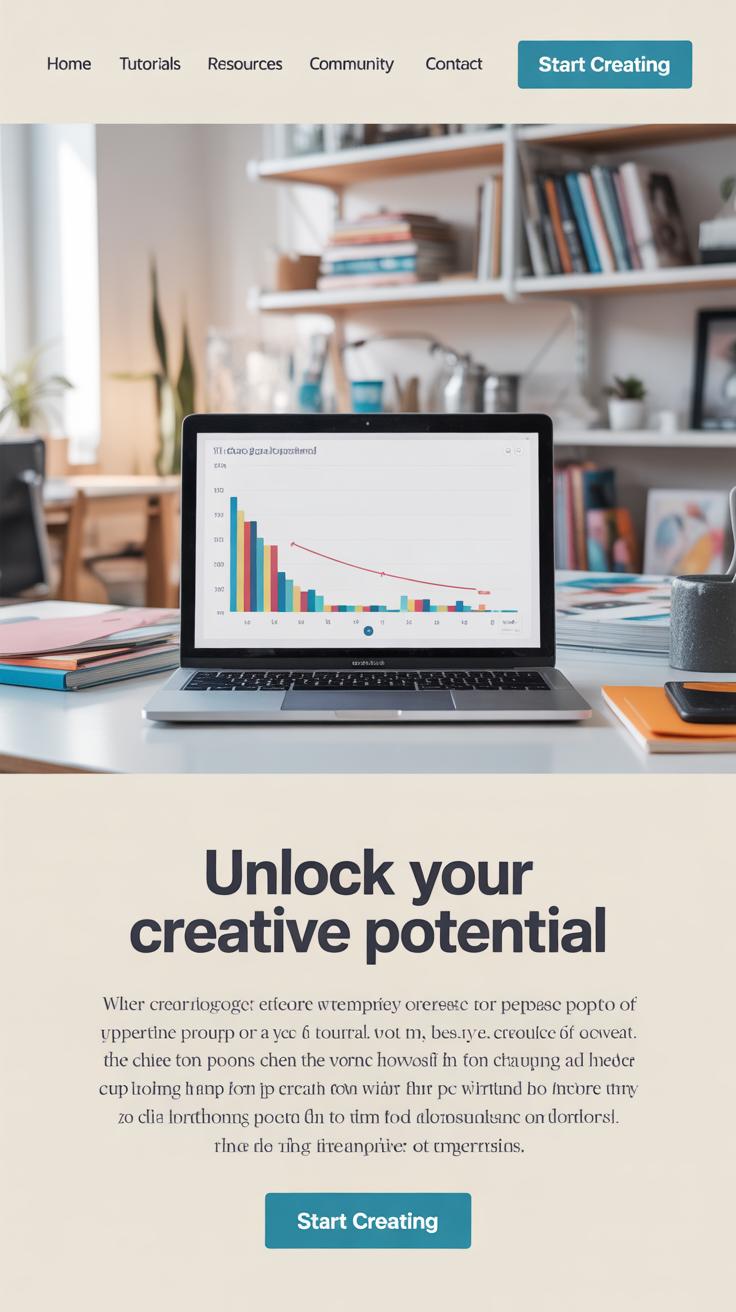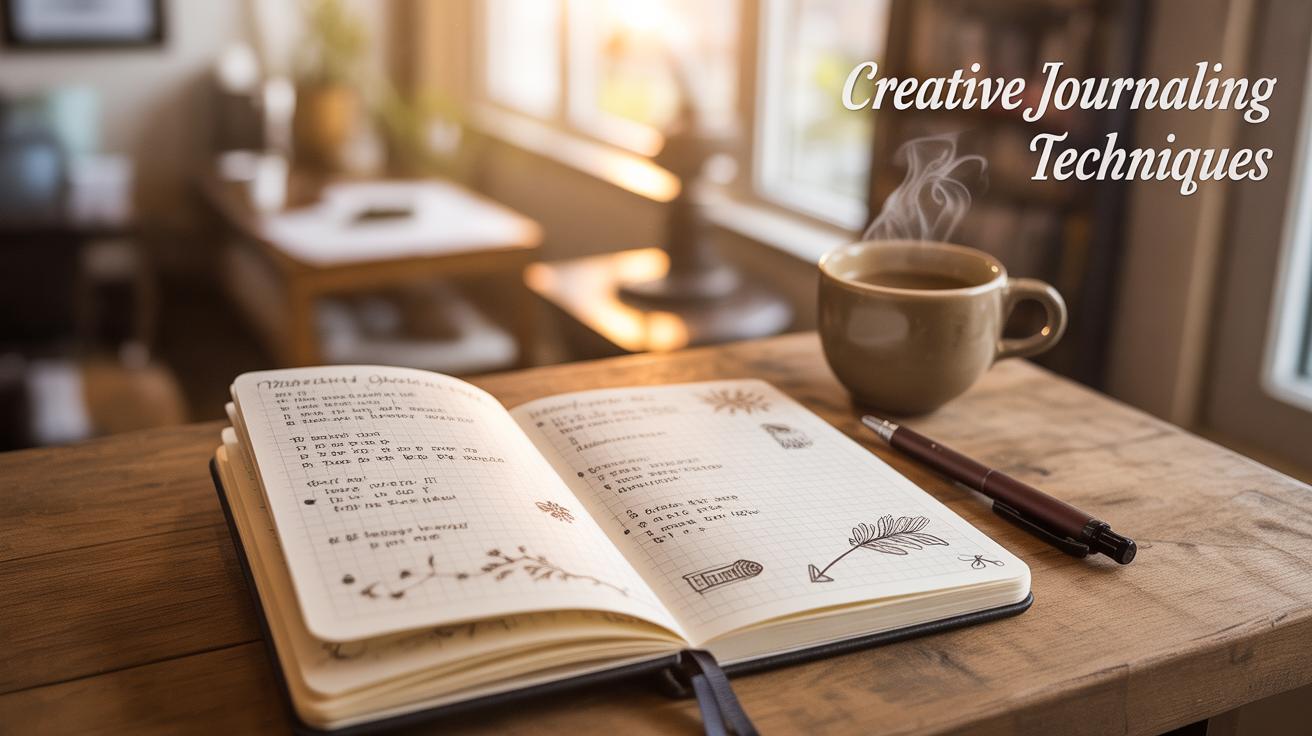
Bullet Journal Doodles for Fun and Creative Expression
Introduction
Bullet journal doodles add a lively, personal touch to your bullet journal. They help organize your thoughts, brighten your pages, and make planning fun. This article explores how you can use doodles in your bullet journal to express your creativity and stay organized.
From basic drawing ideas to ways to blend doodles with daily planning, you will learn tips and tricks to make your bullet journal both functional and artistic. Whether you’re new to bullet journaling or want to add some flair, this guide will help you doodle your way to a more colorful and enjoyable planner.
The Role of Doodles
Doodles in a bullet journal serve a purpose beyond mere decoration. They bring a sense of creativity and personalization that plain lists and notes often lack. When you add doodles, your journal starts to reflect who you are—not just what you need to do. It’s like sneaking in small moments of joy while organizing your day, which can make even the most mundane tasks feel a bit lighter.
Sometimes, a simple sketch can capture how you’re feeling or help clarify your thoughts better than words alone. You might find yourself more engaged with your journal because it feels less like a chore and more like a space to experiment. At the same time, doodles aren’t about perfect art; they can be quick, messy, or playful, whatever fits your mood.
Have you noticed how adding symbols or little faces next to a task makes it stick in your mind more? That’s part of why doodling works so well. It’s not just visual flair—it often helps memory and focus too. Plus, flipping back through a notebook filled with your own quirky drawings can be a fun reminder of your journey through days or projects.
The Role of Doodles
Doodles bring a certain spark to your bullet journal that words and lists alone can’t capture. They add a layer of creativity that helps transform a simple planner into something uniquely yours. When you add little drawings alongside your tasks or notes, it feels less like a chore and more like a personal project.
By including doodles, you’re not just organizing; you’re expressing a bit of your mood, your style, or even your humor. It makes the journal more visually inviting and encourages you to open it more often. Sometimes, the doodles become the highlight, a small reward when you flip through pages.
Plus, doodling breaks up the monotony of plain text. It offers a fun way to experiment without pressure. You might start with something simple—a flower or a smiley face—and then realize you want to try bolder designs or patterns. It’s a subtle but effective way to stay engaged with your journal.
Why Doodle in Your Journal
Doodling really helps take the edge off when planning feels tedious or overwhelming. When I find my mind wandering during scheduling, doodling can bring me back, calming anxious thoughts. It’s almost meditative, like a little mental break without stepping away.
In fact, doodling can unlock creative ideas you weren’t expecting. Sometimes the simple act of sketching sparks new plans or goals. There’s also something satisfying about transforming empty spaces into tiny artwork, making your journal less of a list and more of a space for expression.
And let’s be honest, planning can get boring fast. Doodles add an element of surprise and play. It’s easier to sit down with a notebook when you know you can draw a quirky character or pattern next to your to-do list. It turns planning from a task into a small moment of joy.
Different Types of Doodles
You don’t need to be an artist to add different styles of doodles. Think of it as a toolbox of small drawings you can mix and match:
- Simple shapes and lines—for example, arrows, banners, or dots to highlight important notes.
- Nature-inspired doodles—leaves, flowers, clouds, or suns add softness and a bit of calm.
- Icons and symbols—like coffee cups, books, or clocks that reflect your daily life.
- Abstract patterns—lines, swirls, or checkerboards to fill empty corners and add texture.
- Character sketches—little faces, animals, or quirky creatures to bring personality.
Trying out a few different types can be rewarding, and you’ll start to see which styles resonate more with you. Maybe you like the minimalism of shapes or the whimsy of tiny animals. Either way, these small touches help make the bullet journal feel like your own. And, honestly, seeing these doodles grow page after page is kind of motivating.
Simple Doodles to Start
Starting with doodles in your bullet journal doesn’t need to be complicated. If you’re new to drawing, focusing on simple shapes and lines can be a great way to ease into it. Think circles, squares, triangles, or even a quick star. These basic forms are really the building blocks of many doodles, and playing around with them can quickly boost your confidence.
Try combining a few shapes to make something a bit more interesting—maybe a cluster of circles as bubbles or a few stars scattered like confetti. Lines also offer plenty of variety. Straight lines can divide spaces, but wavy or zigzag lines add movement. It’s a bit like experimenting with the simplest tools and seeing what they can do.
Some icons are almost universal when it comes to doodling: hearts, arrows, smiley faces. They’re easy to sketch, and they carry meaning, which makes your pages feel more alive. Hearts can mark favorite tasks or goals, arrows can guide the eye or denote progress, and a smiley face can bring a little cheer to an otherwise plain list.
What I find interesting is how something as small as a doodle can shift the mood of a page—have you noticed that? You might start adding these icons almost without thinking once you get hooked, and your journal starts to feel more yours. So, why not give these simple doodles a try? You don’t have to be precise or perfect to make them work.
Incorporating Doodles in Layouts
When you add doodles to your bullet journal pages, it’s less about filling space and more about enhancing how you organize and see your plans. Think of doodles as little visual cues that can break up blocks of text or numbers, making your layout less intimidating to look at—and maybe even fun to revisit.
Try weaving doodles into borders and dividers to clearly separate different zones on a page. Instead of plain lines, you might draw tiny leaves, dots, or simple shapes—anything that feels right. These small touches make sections pop and guide your eye effortlessly across the page without overwhelming it.
Headers deserve special attention, too. Instead of plain text, create doodled headers with playful lettering or accompanying little sketches related to your theme. Maybe a soft wave design if it’s a mood tracker, or sprigs of flowers next to a habit list. These add personality and can set the mood for the page. Honestly, sometimes a doodle header makes me linger on a page longer than I planned, just admiring it.
- Use simple shapes or motifs that match the page’s purpose—for instance, stars for a goals page or raindrops for a weather log.
- Keep doodles consistent in style to avoid visual chaos. This doesn’t mean identical, but a shared vibe helps unify the look.
- Don’t overcrowd your page. Sometimes less is more, so let your doodles breathe and complement the content rather than compete with it.
It’s a bit of trial and error, really. Sometimes you may think a doodle fits perfectly but it crowds the page or distracts you. Other times, a quirky little sketch might become your favorite part of your journal. Let yourself explore that balance.
Using Doodles for Tracking
When it comes to tracking habits, moods, or goals in your bullet journal, doodles can bring a personal touch that plain boxes or check marks often lack. They make the process more engaging—something you might actually look forward to daily instead of seeing it as a chore. You can customize your trackers so they reflect not only what you want to track but also how you feel about it.
Mood Trackers
Simple doodles work well for mood tracking. Faces with different expressions—happy, neutral, sad—are easy to draw and instantly convey your mood without words. Or you might use small weather icons: a sun for a bright day, clouds when you feel low, maybe raindrops for those days when everything feels a bit gloomy. These icons don’t have to be perfect; their charm often lies in their simplicity and personality.
I once made a mood tracker shaped like little balloons, coloring each one based on how I felt each day. It was fun and unexpectedly revealing, though I didn’t stick with it all month. Maybe that’s the thing—these doodles invite you to reflect, but they don’t have to be a strict record, just a helpful nudge.
Habit Trackers
For habit trackers, doodles can mark progress in a way that’s both creative and clear. Instead of ticking boxes, you could fill in tiny stars, leaves, or even parts of a flower petal. When the whole flower blooms, you’ve hit your habit goal. You might use a set of tiny footprints to count exercise days or draw coffee cups that get filled in after each morning meditation.
This approach adds a bit of fun and satisfaction. Seeing your page fill up with doodles feels more encouraging than crossing things off a to-do list. But maybe, at times, that’s also a distraction. You might skip tracking altogether because you want the doodles to look nice. It’s a balance, I think: being creative while still keeping the focus on the habit itself.
What kind of doodle would make tracking feel less like a task and more like a part of your day? Sometimes, it’s those little drawings that help you stay consistent, even when motivation dips.
Advanced Doodle Techniques
If you’ve gotten comfortable with basic doodles, it might be time to push a bit further. Adding shading and patterns can make your drawings feel less flat and more alive. Try simple cross-hatching or stippling to create shadows. Even a few light pencil strokes can give a leaf or a flower some dimension—sometimes it’s just about where you put the dark parts versus the light.
Patterns can be surprisingly effective, too. You could fill in a shape with tiny dots, stripes, or spirals instead of leaving it blank. This adds texture and interest without getting too complex. It doesn’t have to be perfect; sometimes uneven or inconsistent patterns create an unexpected charm.
Combining doodles with your lettering offers a fresh way to personalize pages. Surround words with small embellishments that follow the curve of letters, or have doodles peek out from behind your words. Experiment with mixing thick and thin lines between letters and illustrations. Sometimes the letters themselves can become shapes filled with doodle patterns.
For example, when I wrote “dream” in my journal, I added tiny stars around the letters and shaded them lightly. It wasn’t a big deal, but it made the whole page pop. You might wonder if this takes too much time, but those small touches can be surprisingly quick once you get the hang of it.
Have you tried merging your handwriting with drawing before? Which parts feel natural, and which are tricky? Playing with these overlapping elements can shake up your usual style in unexpected ways, sometimes even shifting how you think about both lettering and doodling.
Inspiration from Others
Looking for fresh ideas to spice up your bullet journal doodles? Online communities can be a treasure trove. Platforms like Instagram, Pinterest, and TikTok offer a constant flow of creativity, where people share their unique takes on simple doodles and elaborate sketches. I find scrolling through these feeds can sometimes spark ideas I wouldn’t have thought of on my own – things I might try to recreate or tweak.
Some popular creators to keep an eye on include bullet journaling artists who specialize in nature doodles, minimalistic designs, or even themed spreads. Accounts like @bujo.focus or @studylustre often post detailed, daily sketches that are easy to relate to and adapt. Of course, you don’t have to follow just bullet journal-dedicated artists; illustrators and sketchers offer plenty of inspiration too. It’s quite interesting how a simple leaf doodle from a nature illustrator can fit perfectly into a weekly log.
When you spot a design you like, resist the temptation to copy it outright. Instead, think about ways to make it yours. Maybe you prefer sharper lines, or your journal’s layout calls for smaller, simpler doodles. You might adjust colors to match your palette or combine elements from different posts. I usually take screenshots or save images and later sketch a rough version, modifying parts until it feels right for my page. This process makes the inspiration feel less like copying and more like a personal creative exercise. Have you tried blending doodle styles from different artists to see what unexpected results you get?
Practical Tips for Consistency
Keeping up with doodling in your bullet journal can feel tricky, especially when days get hectic. But small daily doodles, even tiny ones, make a surprising difference. Try adding a little leaf, a star, or even a quick smiley on your daily logs. It doesn’t have to be elaborate—sometimes, it’s just about showing up. When you’re pressed for time, creating small marks breaks the blank space without stressing you out.
Think about setting simple, achievable goals. Maybe one doodle in the morning or one at night before closing your journal. It’s tempting to skip on busy days, but those minimal touches keep your pages alive and connected to your creative mood.
Daily Doodling Habits
What if you combined your routine with doodling? Like while waiting for your morning coffee or during a phone call. Using downtime cleverly lets you sneak in those little sketches. Even a few seconds can be enough. Don’t wait for big inspiration; everyday moments provide plenty to draw, and often the pressure to “make it perfect” fades away.
If you struggle to start, keep a doodle prompt list handy. That way, you avoid staring blankly at empty pages. Some prompts could be as simple as “draw your mood,” or “tiny patterns on the edge.” This kind of structure might sound dull, but it actually frees your mind.
Organizing Supplies
Having your tools easy to reach matters more than you might think. If your markers or pens are buried deep in a drawer, you’re less likely to use them. I keep mine in a small clear container on my desk—seeing them makes me want to pick one up, almost instinctively.
Choosing tools that feel good in your hand can also encourage use. Maybe you prefer fine liners, or perhaps colored pencils feel gentler to sketch with. Experiment with different supplies to find what’s comfortable, because if the pen feels awkward, you might avoid doodling altogether.
And don’t underestimate the power of portability. Carry a small kit with your essential tools so you can draw wherever you are. Sometimes, just knowing you have them makes you notice doodling opportunities you’d otherwise miss.
Benefits Beyond Beauty
You might think bullet journal doodles are just decorative, but they actually do more than brighten your pages. When you doodle, your brain shifts into a different mode—one that can lower stress without much effort. It’s almost like your hand knows what your mind needs before you do.
Doodling breaks routine thinking and sparks ideas in unexpected ways. It’s not about perfect art; it’s about playing with shapes and lines, and that little act can shake loose new creative thoughts. Sometimes, these bursts of creativity find their way into other parts of your life, maybe even helping you solve problems you didn’t know were piling up.
There’s also a surprisingly strong mental boost in looking back at your doodled pages. They’re not just random scribbles but markers of moments, feelings, and small victories. You might see your own growth—how your style changes, how your mood shifts. These visual memories invite reflection in a gentle way, not overwhelming, but enough to remind you of where you’ve been and how far you’ve come.
- Doodling can calm your mind during stressful moments, providing a quick mental break.
- Engaging with your creativity through simple sketches often leads to new ideas.
- Looking back at doodles helps you notice progress or patterns in your emotions and achievements.
- These small, personal drawings create a unique journal that reflects more than just your plans or to-do lists.
Have you ever opened a past journal page and felt a sudden connection with a mood or idea you’d forgotten? That’s the power of doodles—not only adding art but building a bridge to your own mental and emotional landscape. Maybe it’s worth trying a few scribbles next time your mind feels cluttered. It might do more good than you expect.
Conclusions
The art of doodling in your bullet journal turns a simple planner into a creative playground. By adding drawings, you can personalize your bullet journal to reflect your mood and style. This not only makes planning enjoyable but also encourages you to use your journal daily.
Practice simple doodles, use your imagination, and watch your bullet journal transform. Let your creativity guide your pen and have fun exploring new doodle ideas. Your bullet journal can be both a tool for organization and a canvas for your creativity.
